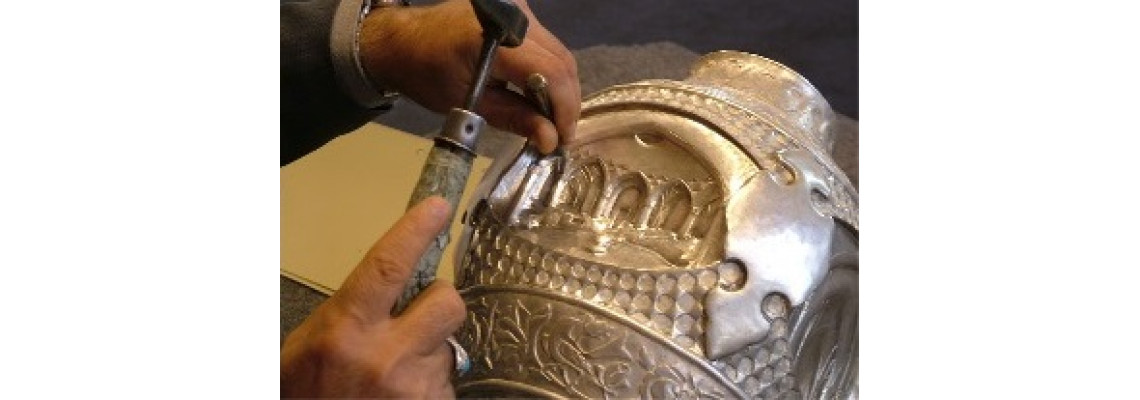
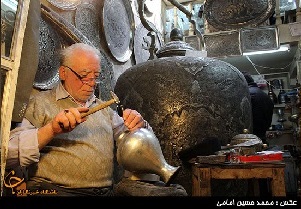

Post: The Art of Persian Metal Work on Brass, Copper & Silver - Part I
Perhaps the most continuous and best-documented artistic medium from Iran in the Islamic period.
Metalwork is perhaps the most continuous and best-documented artistic medium from Iran in the Islamic period. It survives mainly in brass (see BERENJ) and bronze. Most gold and silver wares, better known through literary accounts, were likely melted down (Ward, pp. 10-11). At times, echoing the forms of more ephemeral or less costly materials such as ceramics, metalwork from Iran and adjacent lands served a wide variety of utilitarian functions. These were nonetheless luxury wares that absorbed the creative energy of some of the best artists and reflected the main artistic trends and the tastes of successive dynasties. Written sources are an important means of documenting this medium. In addition to literary works, primarily geographical texts in Arabic and Persian, which provide information on centers of production and sources of metal ores (Allen, 1979, pp. iv-viii), the objects themselves often supply internal documentation through their inscriptions. Iranian metalwork is therefore an important resource for understanding the art Iran in the Islamic period in particular and the history of Islamic art in general.
Early Islamic metalwork. Silver and gold plate, especially the former, provide a well-documented art form in Sasanian Iran and in pre-Islamic western Central Asia. Sasanian silver vessels (bowls, dishes, cups, ewers, and bottles), often decorated with imperial symbolism such as the royal hunt (Harper and Meyers, pp. 40-98), must have appealed to the new Muslim rulers, who sought to emulate the traditions of Persian kingship. This can explain the existence of a large group of mainly silver gilt objects that continue and readapt the Sasanian style. They are often characterized simply as “post-Sasanian,” but the issue of their provenance and dating remains uncertain (Harper, pp. 24-78; ART IN IRAN v. Sasanian, sec. “Silver plate”).
As the new Islamic polity asserted control over Iran and the territories to its east, many of the same metalwork forms and techniques continued to develop and evolve, while much of the representational imagery gradually lost its original meaning. It seems likely that objects fashioned of both silver and gold persisted as status symbols for the new aristocracy. It is therefore often difficult to pinpoint where Sasanian art ends and Islamic art begins in the first centuries of Muslim rule. The situation with contemporary base metal is similar, but these objects also stand more obviously in a definable relationship to Islamic art. For example, a tall, pear-shaped cast bronze ewer, in the Metropolitan Museum of Art, New York, and set on a high foot with handle in the form of an elongated panther exemplifies the transition from the Late Antique to the early Islamic period (Figure 1). Abstract ornament on the body of the vessel combines vegetal designs with a highly stylized version of the paired wings and central orb of the Sasanian royal crown, while the pattern of overlapping floral petals on the foot and the feline handle hark back to the classicizing influence in Parthian art (Harper, pp. 60, 66). On the other hand, the stylization and abstraction of the decoration and the proliferation of repetitive surface decoration are singular features of Islamic art.
Medieval metalwork. During this period Iranian metalwork underwent considerable modification in terms of technical, iconographic, and aesthetic standards. Although the mechanism for transmission is not always clear, it is apparent that Jaziran (i.e., of Upper Mesopotamia) and Syro-Egyptian metalwork of this period also benefited from as well as contributed to these developments in Iran (Ward, pp. 71-91).
Sometime toward the middle of the 12th century, the metalwork industry in Iran underwent a major transformation that was to be of signal importance for its history. Bronze and brass objects, some of them copying shapes in precious metal, were inlaid with silver and copper or gold. At roughly the same time, hammered brass began to replace cast brass in the manufacture of luxury metal-ware. Khorasan has long been recognized as the center for the production of these wares. Two key pieces whose inscriptions provide evidence for an attribution to Khorasan, and more specifically to the city of Herat, are the so-called “Bobrinski Bucket” dated 559/1163, in the Hermitage, St. Petersburg (no. CA-12678), and a faceted ewer of 577/1181-82, in the State Museum of Georgia, Tbilisi (Kana’an, pp. 198-201; Ward, p. 77). There is also a reference in Qazvini’s late 13th-century geographical treatise indicating that Herat was renowned for its brass vessels inlaid with silver (Qazvini, p. 481). Other cities in Khorasan such as Nishapur also may have had their own luxury metalwork industries (Allan, 1982a, pp. 22-25). Khorasanian inlaid wares are notable for the wide variety and virtuosity of their shapes: faceted or fluted ewers, candlesticks whose bulging sides are defined by rows of hexagons worked in relief, and circular inkwells (see DAWĀT) surmounted by melon-shaped dome-like covers. Their largely figural decoration is likewise wide-ranging, including scenes of pleasure and pastime, astrological symbols, zoomorphic inscriptions, and plastically rendered figures of animals, especially lions and birds (Ward, p. 78).
This florescence of Iranian metalwork in the 12th and early 13th centuries was part of a larger period of creativity in the so-called decorative arts, one that changed dramatically with the Mongol invasion, which brought to an abrupt end the important metalwork centers in Khorasan. Post-Mongol metalwork, largely attributable to Azerbaijan and Fars, exhibits simpler and less varied shapes. Bowls, deep basins, flat trays, and tall bell-shaped candlesticks predominate. The decoration is largely figural and often closely follows the style of contemporary manuscript illustration, especially in the first half of the 14th century. Some of the figural scenes are as ambitious as contemporary painting (Komaroff, 1994, pp. 11-20). Their inscriptions provide the first extensive evidence of royal patronage of base metalware inlaid with gold and silver (Komaroff and Carboni, eds., pp. 277-80, Cat. nos. 159-66, 169).
Several examples of inlaid brass objects are inscribed with the names of members of the Il-khanid dynasty, the most impressive of which is an unusual composite vessel known as the Nisan Tasi, in the Mevlavi (Mawlawi) Tekke Museum in Konya, of which its basin and support stand bear the name and titles of Abu Saʿid Bahādor Khan (r. 1317-35; Baer, pp. 3-7). These pieces are more closely related to Mamluk metalwork rather than to other contemporaneous objects from Iran, although this does not rule out an attribution to Azerbaijan.
A number of examples of luxury metalwork can be linked to Fars on the basis of their inscriptions, for example a candlestick dateable to ca. 1343-53, in the Museum of Islamic Art, in Doha (Qatar), inscribed with the name and titles of the Injuid ruler Abu Esḥāq (r. 1321-59; Komaroff and Carboni, eds., p. 278, Cat. no. 162; Figure 2). The candlestick carries depictions of the enthroned ruler and his consort in Mongol attire, which have analogues in contemporaneous illustrated manuscripts (Wright, pp. 60-67) suggesting that metalworkers and manuscript illustrators may have shared a common iconographic source in the form of drawings (Komaroff, 2002, pp. 189-91). A bowl in the Hermitage Museum is likewise inscribed to Abu Esḥāq Inju, while an inlaid bucket in the same museum dated 733/1332-33 was made for his father Maḥmud Shah (Gyuzalyan, pp. 175-78; Komaroff and Carboni, ed., p. 278, Cat. no. 161). Based on these and several other related objects, Fars seems to have been an important center for inlaid metalwork. The prominence of figural imagery declined in the second half of the 14th century, giving way to abstract designs inspired by Chinese blue-and-white porcelains (Komaroff, 1992a, pp. 3-4).
Buy Persian Handicrafts at: www.persianhandicrafts.com
Buy Persian Rugs at: www.kimiyacarpet.com.com
Facebook: https://www.facebook.com/persispersianhandicrafts
Google+: https://plus.google.com/+Persiscraftspersianhandicrafts
Twitter: https://twitter.com/persiscrafts
Article Source: Click Here
Please Join Our Social Networks to Support us:
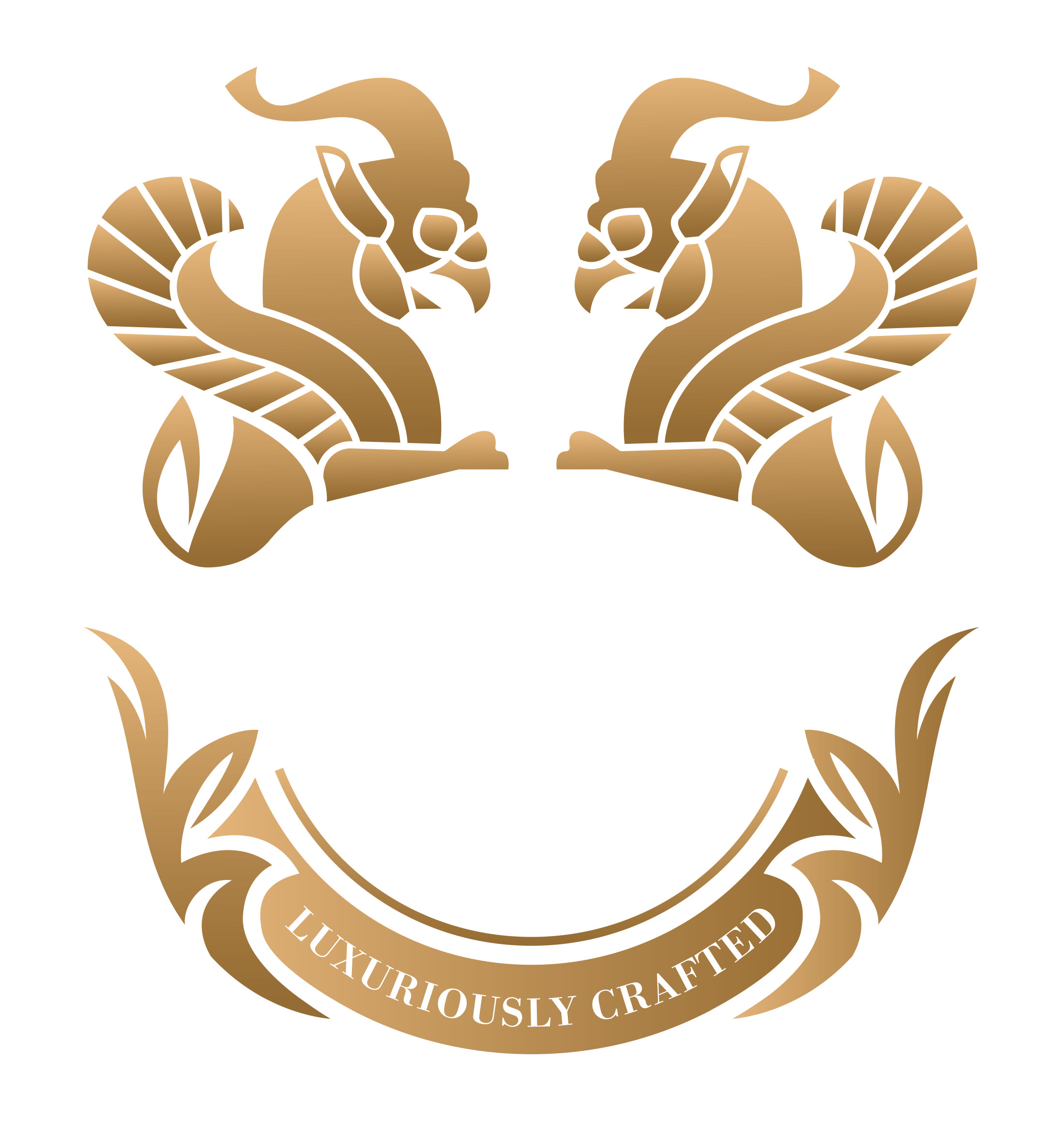
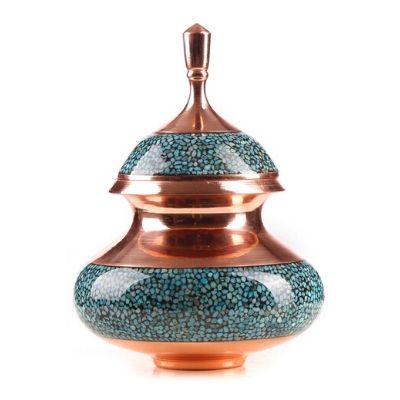
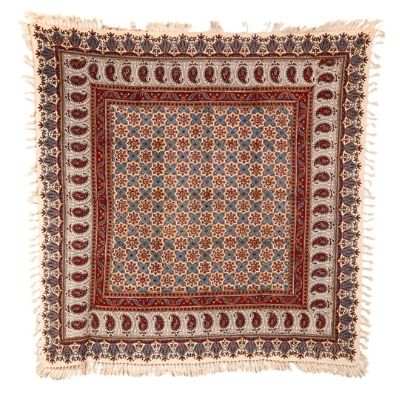
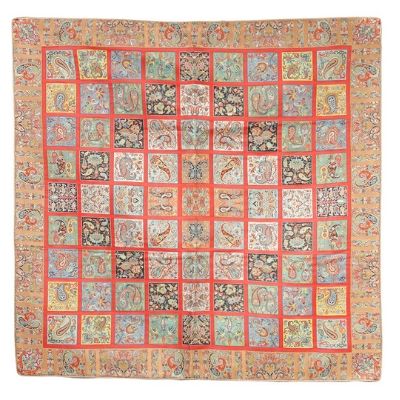
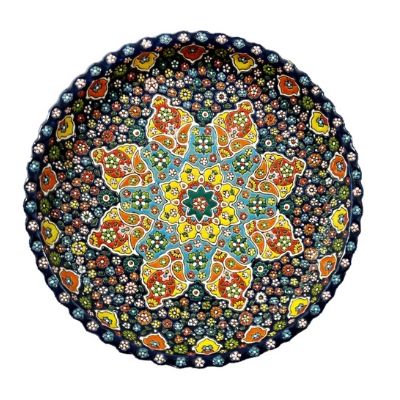
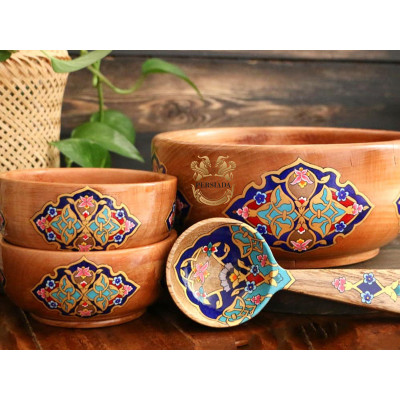
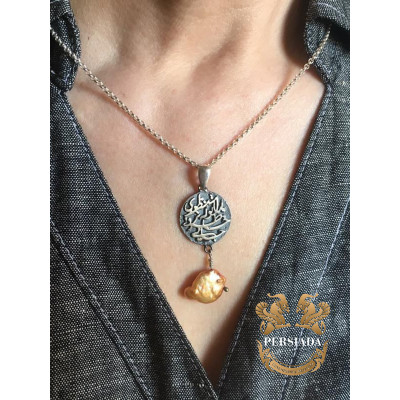
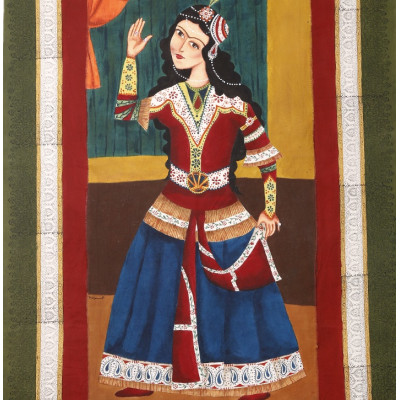
-400x400.png)
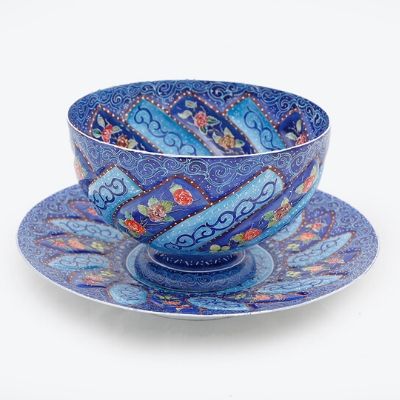
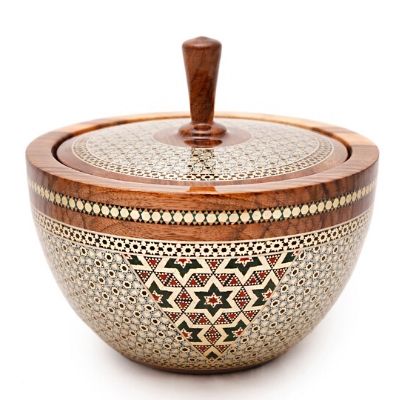
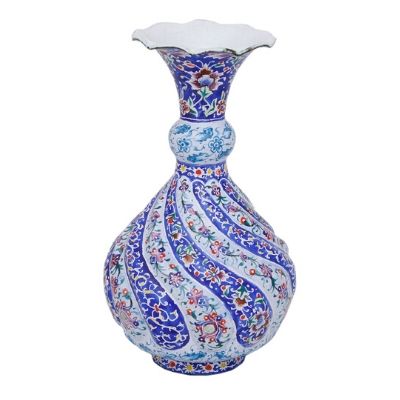
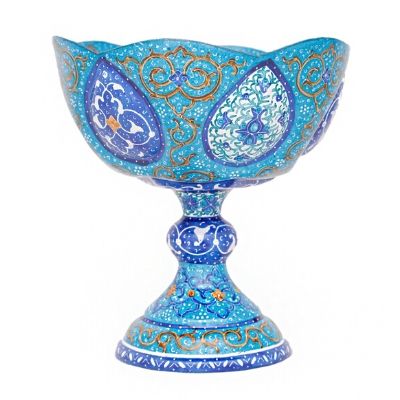
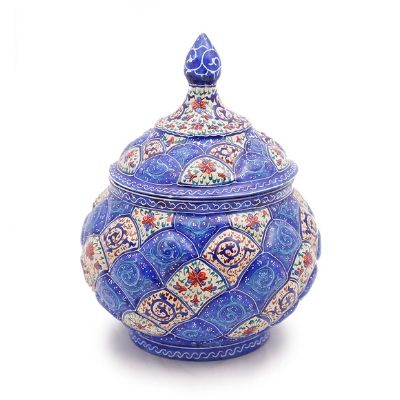
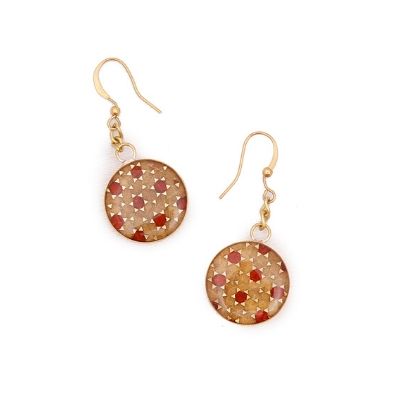
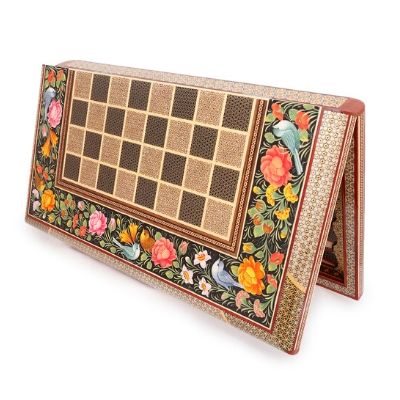
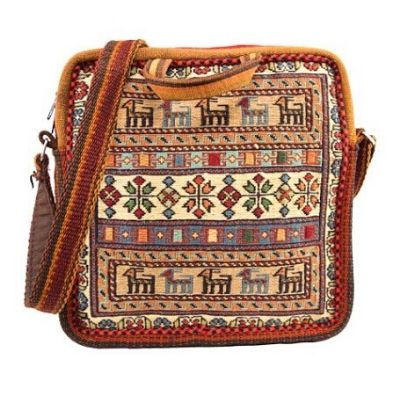
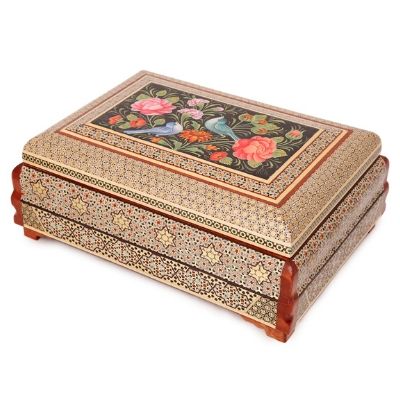
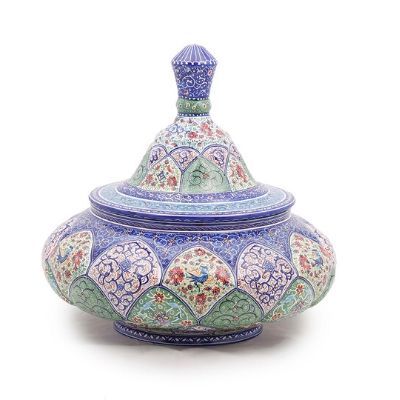
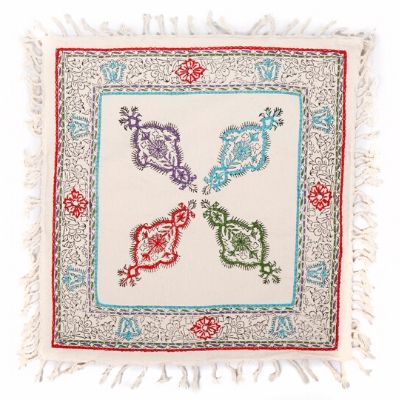
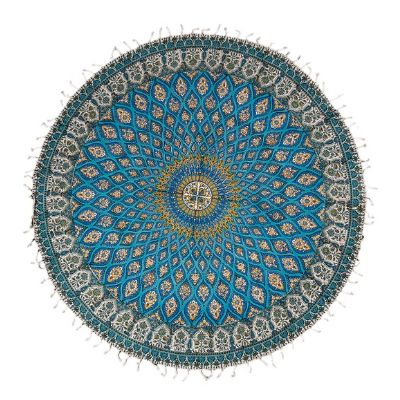
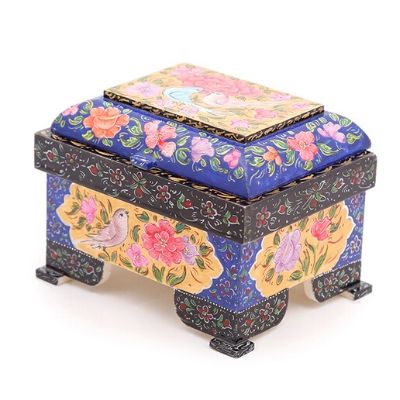
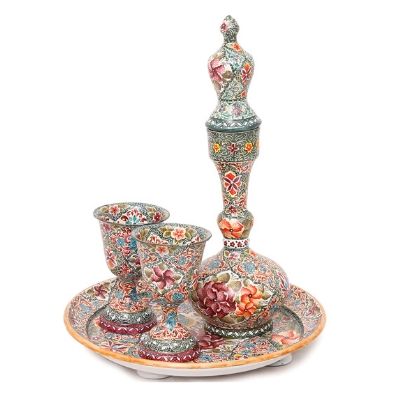
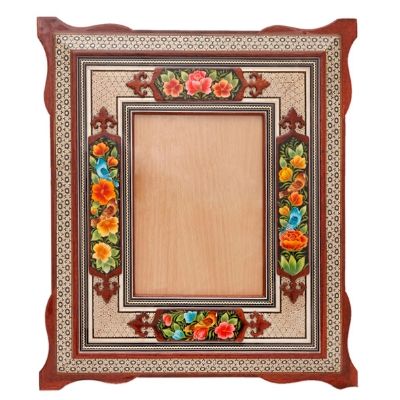
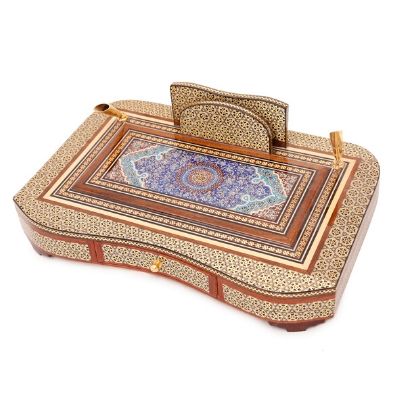
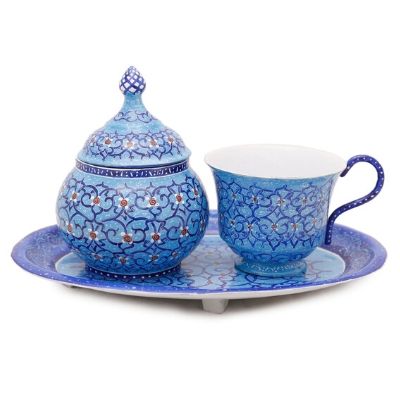
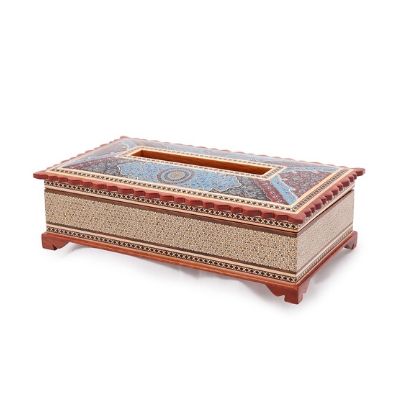
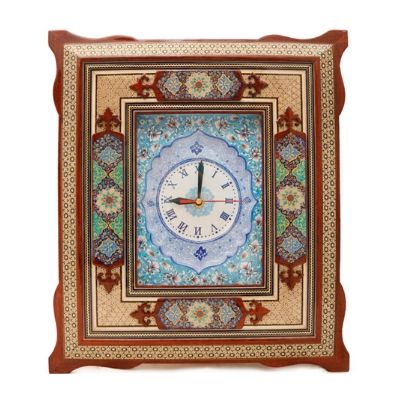
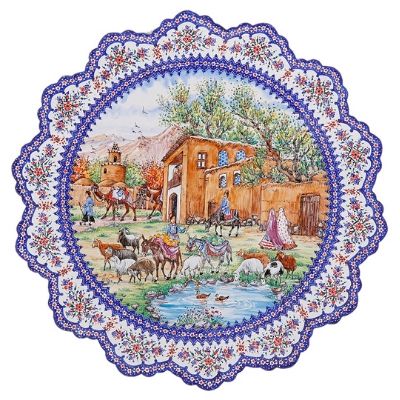
Leave a Comment